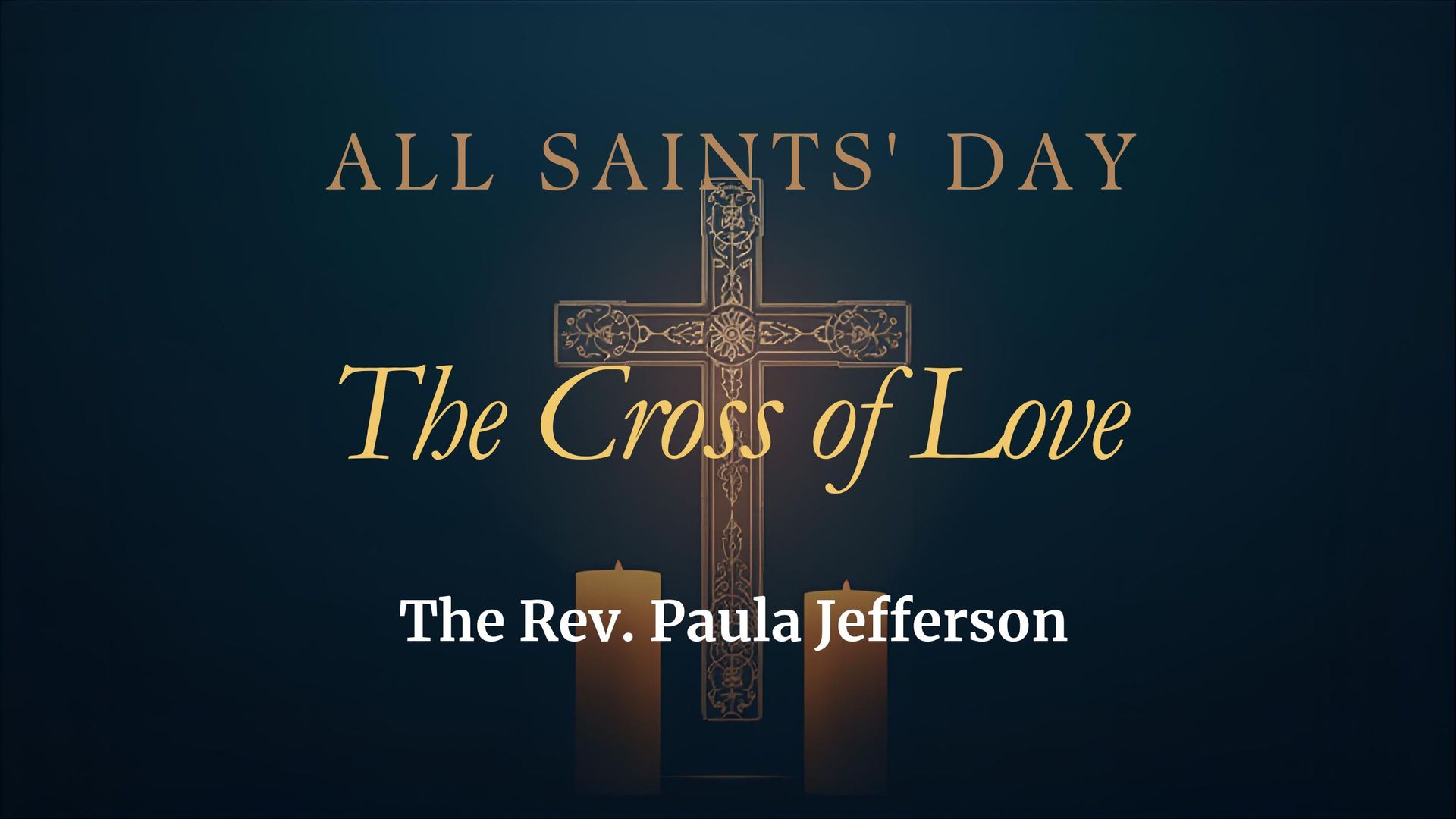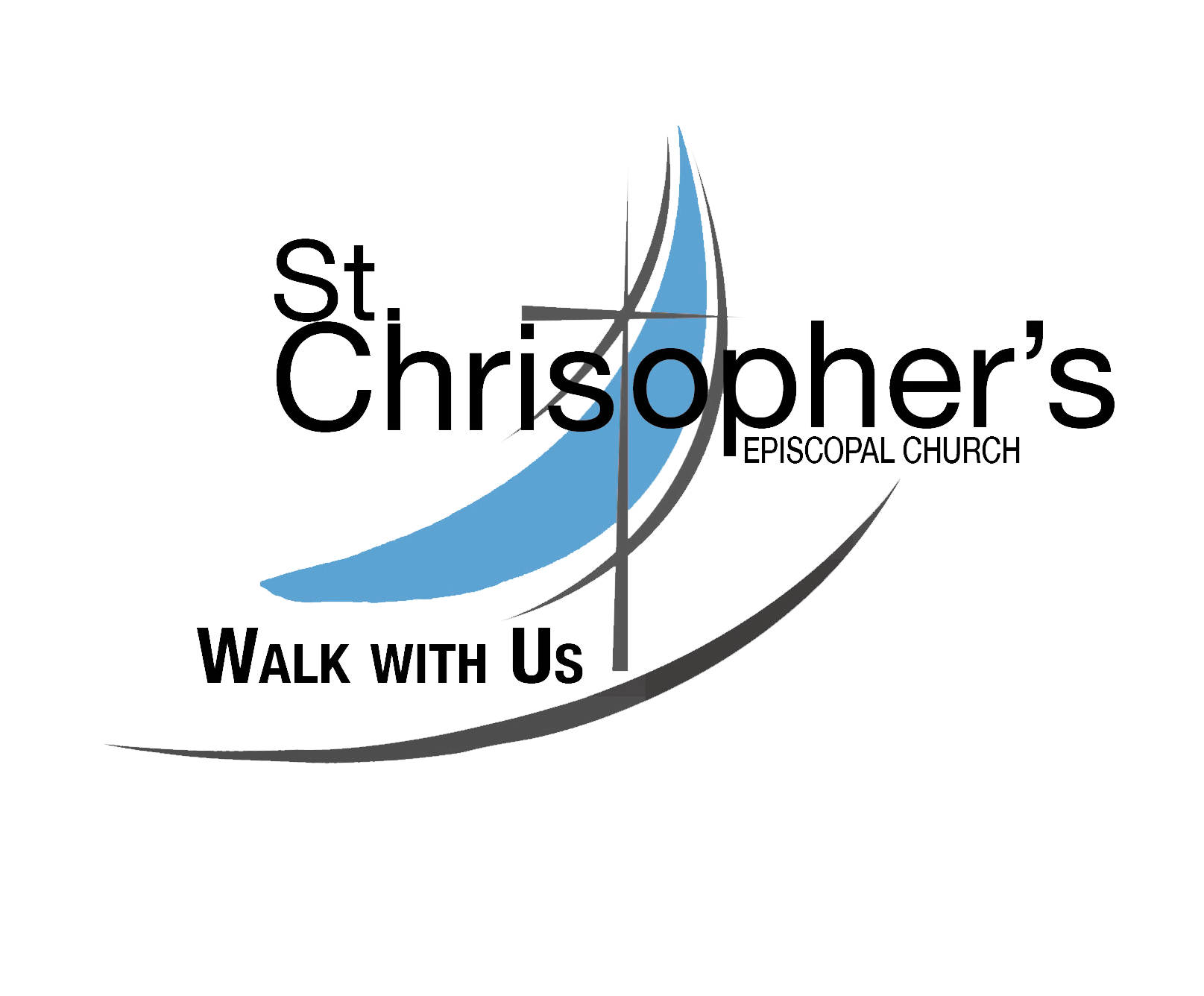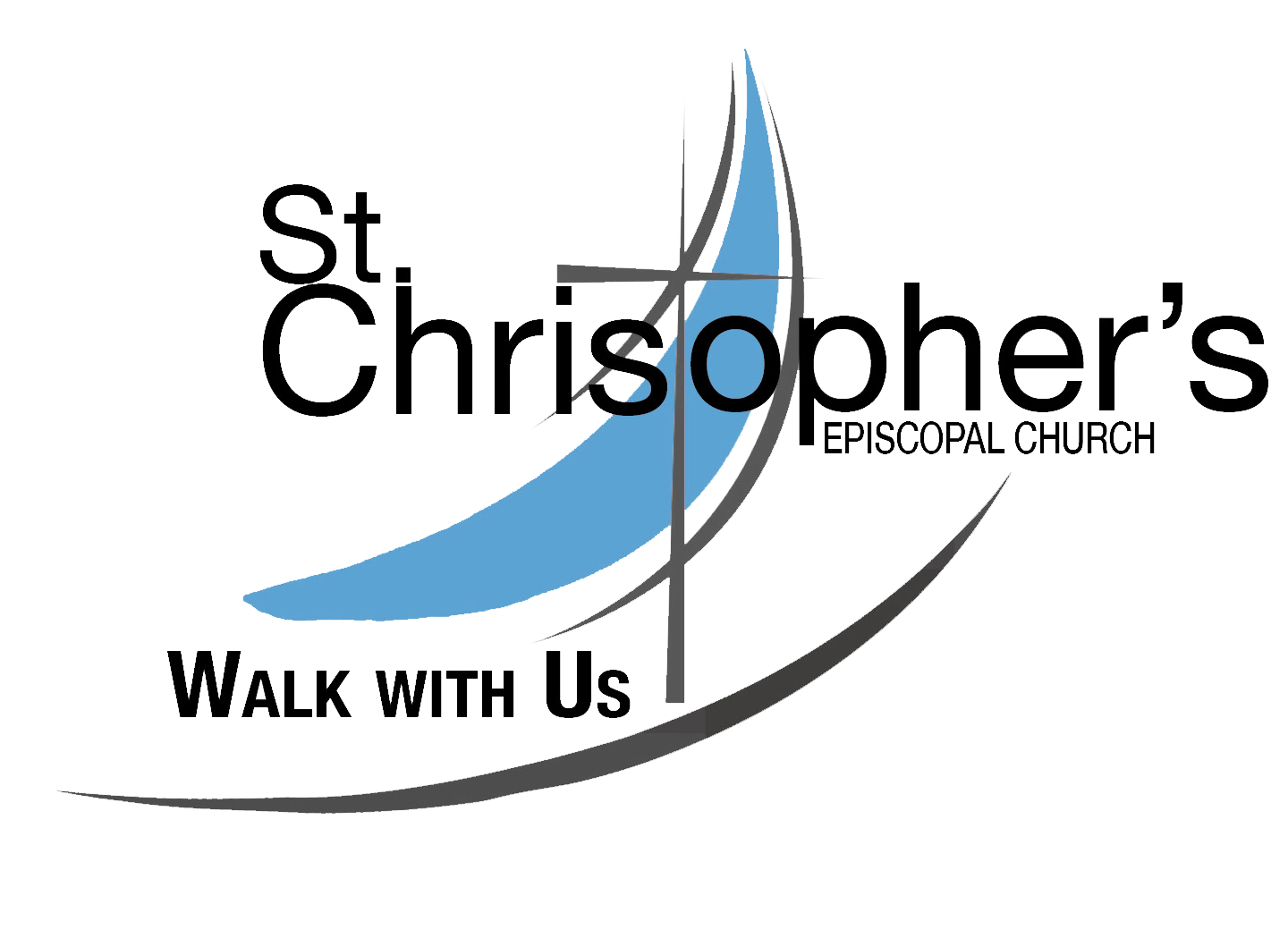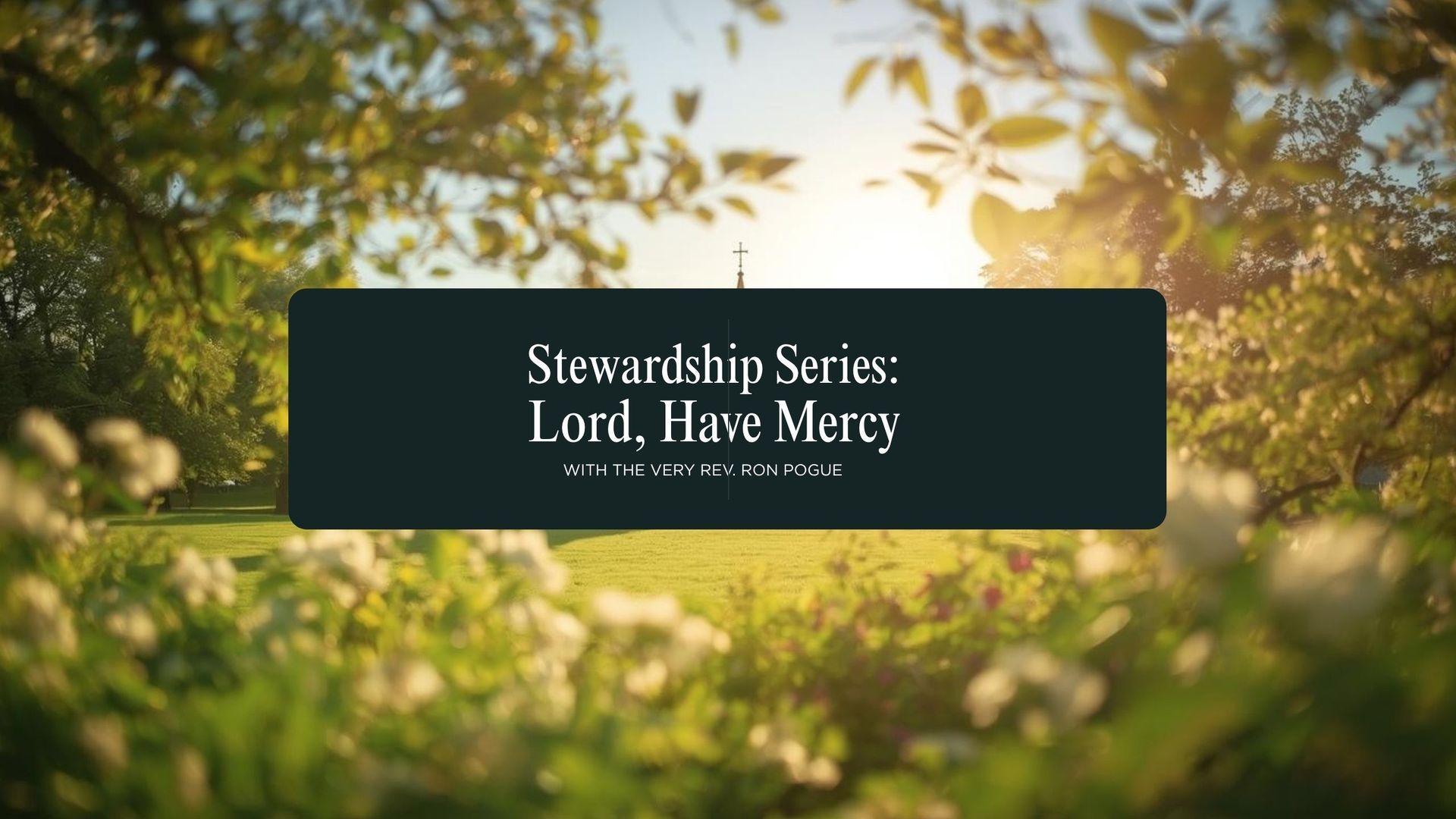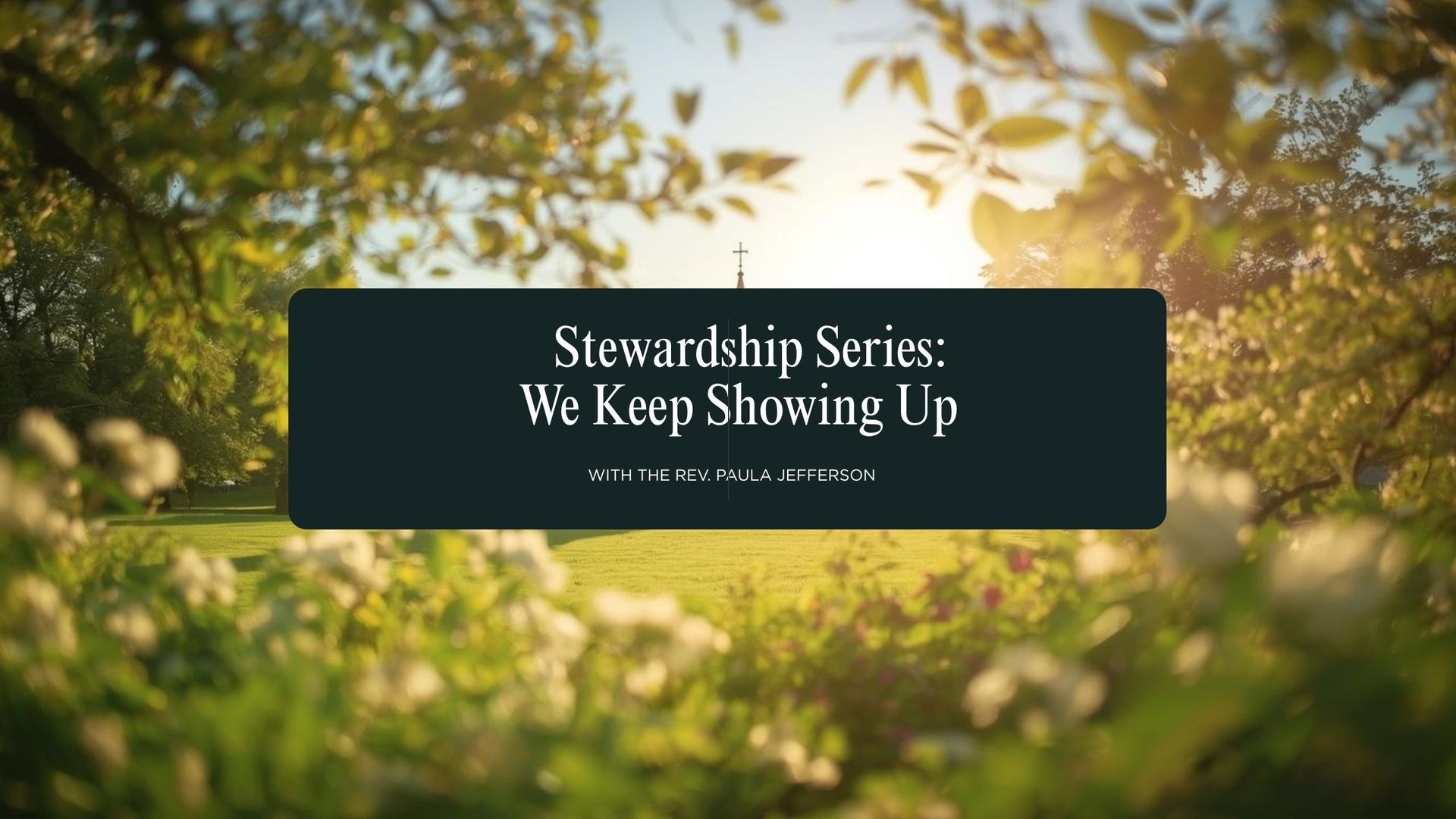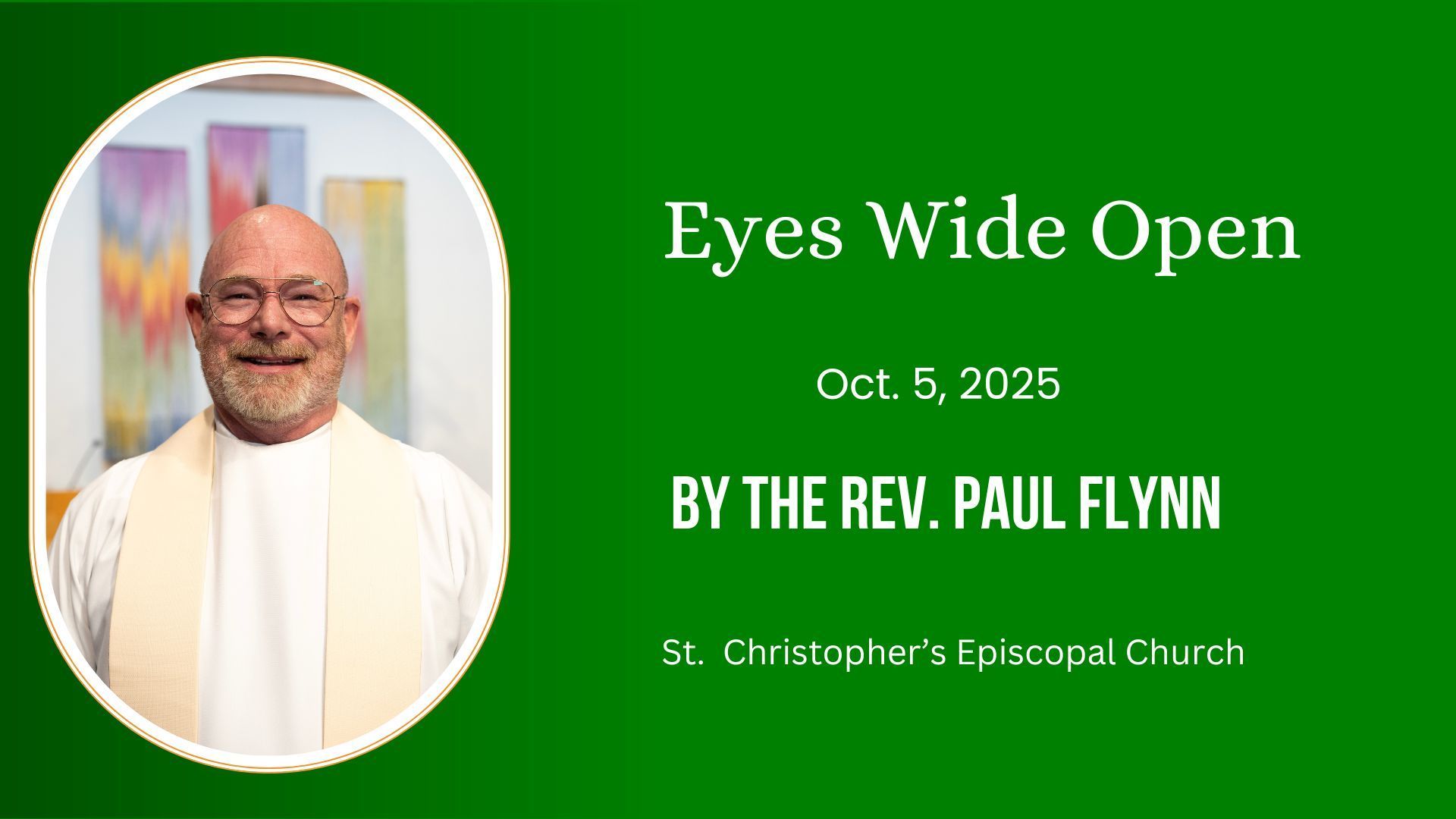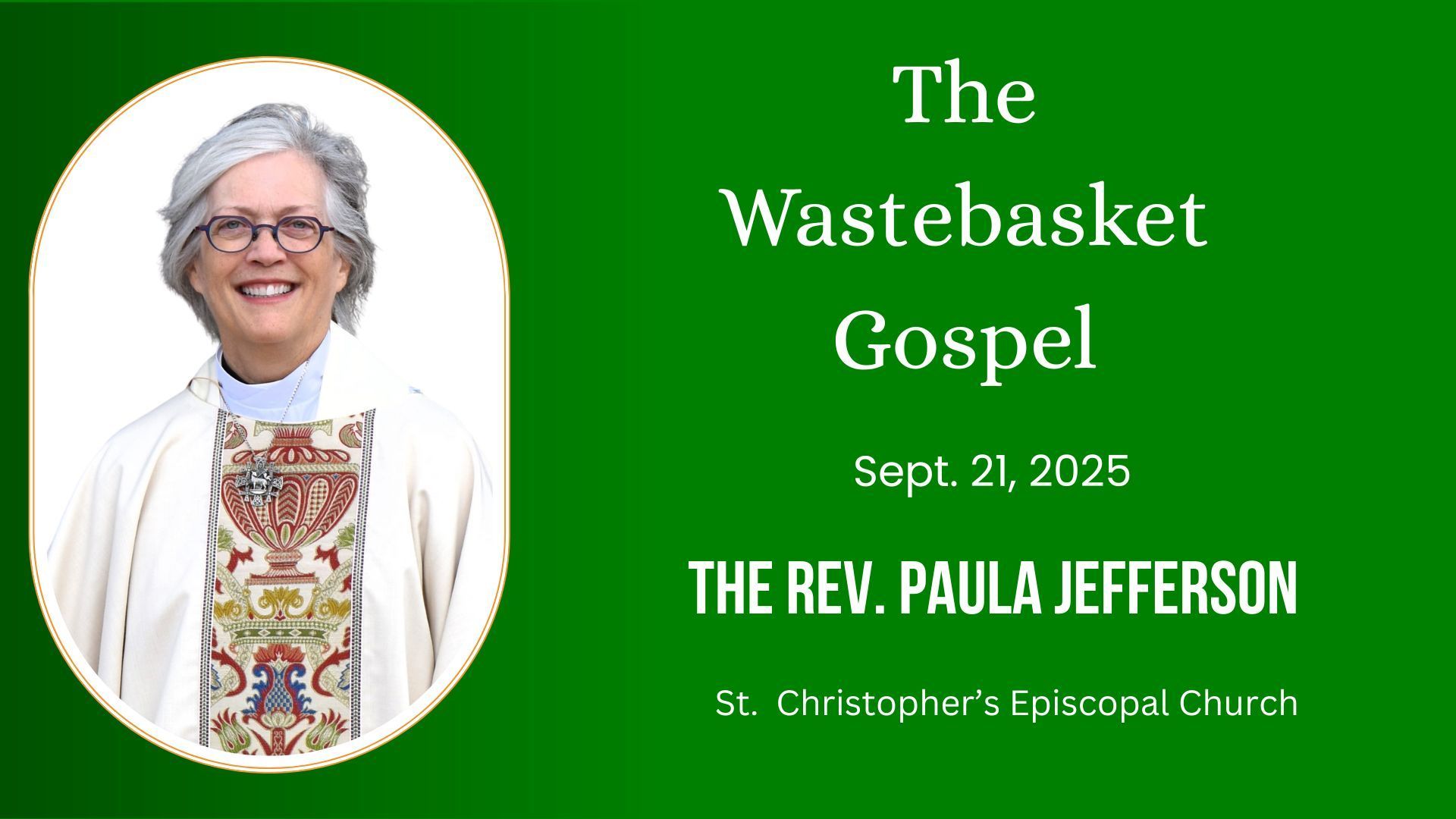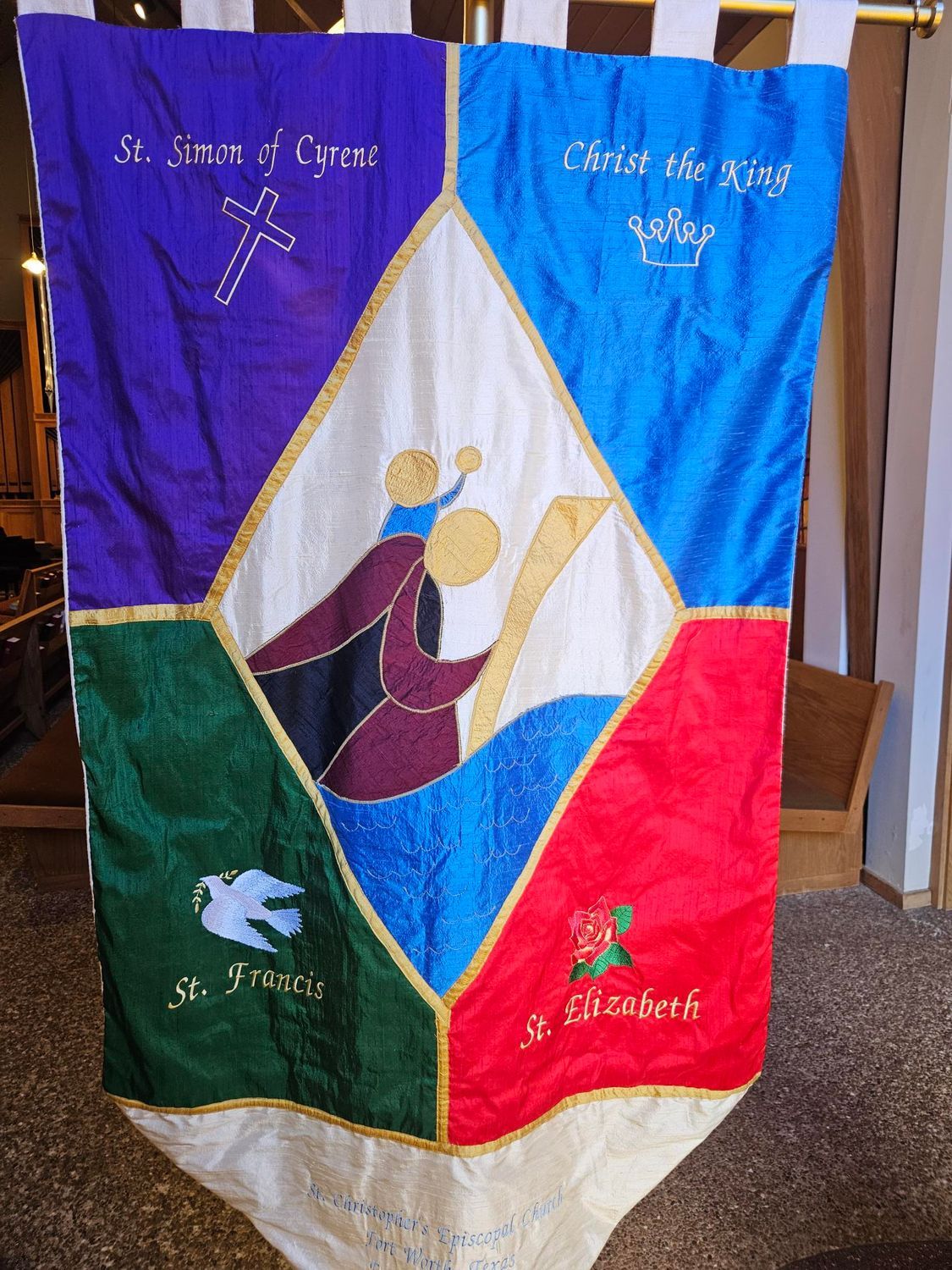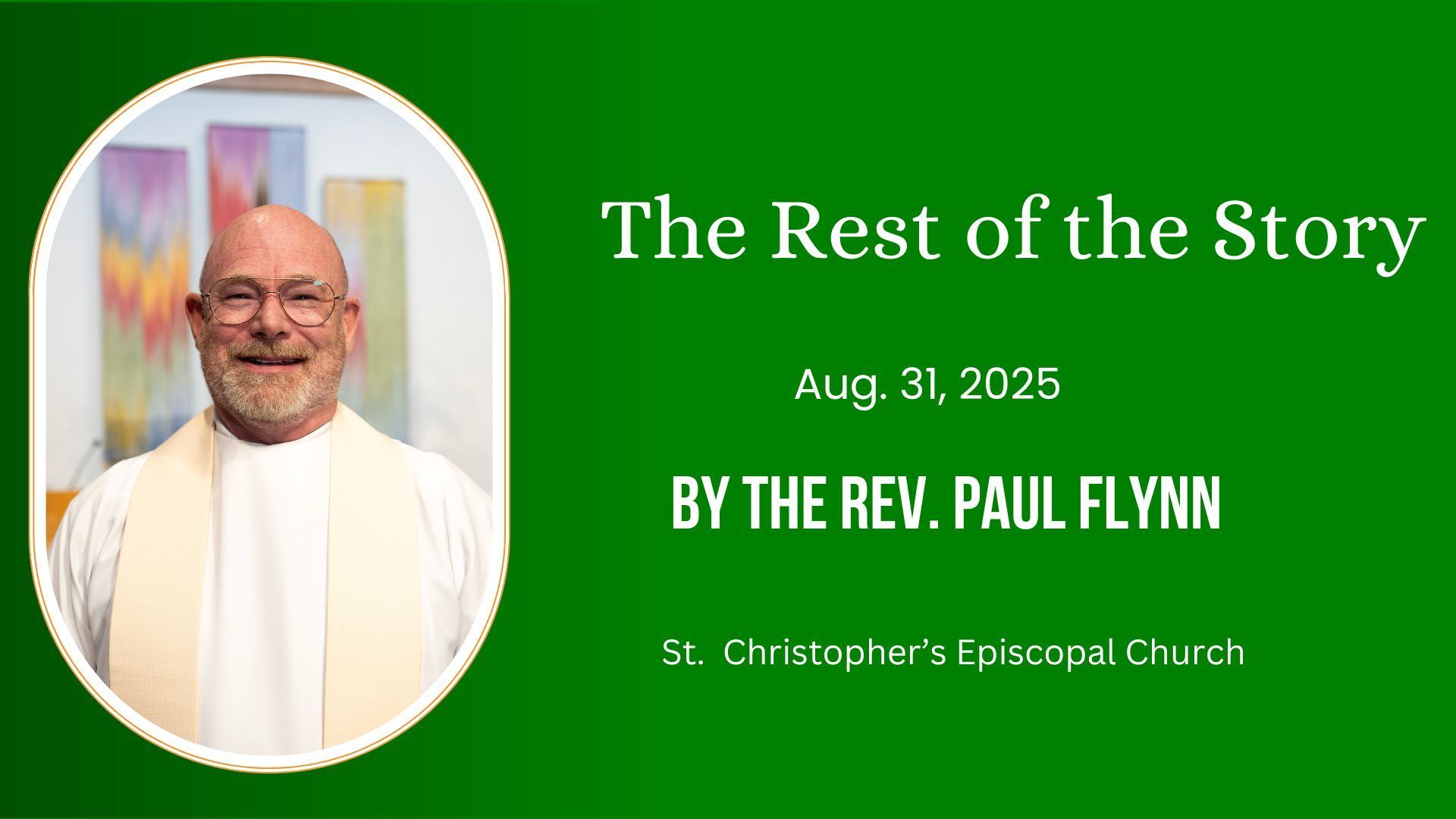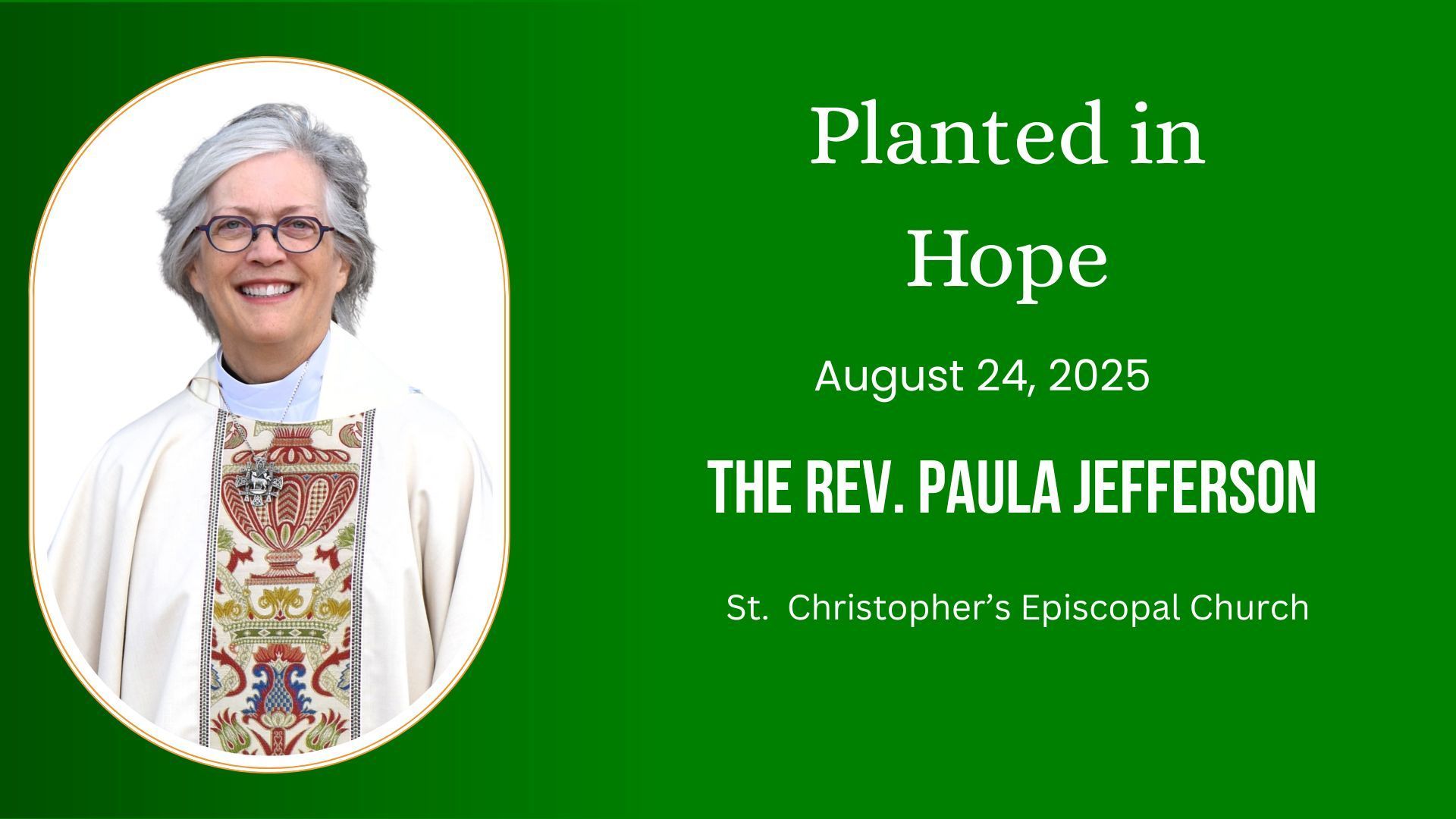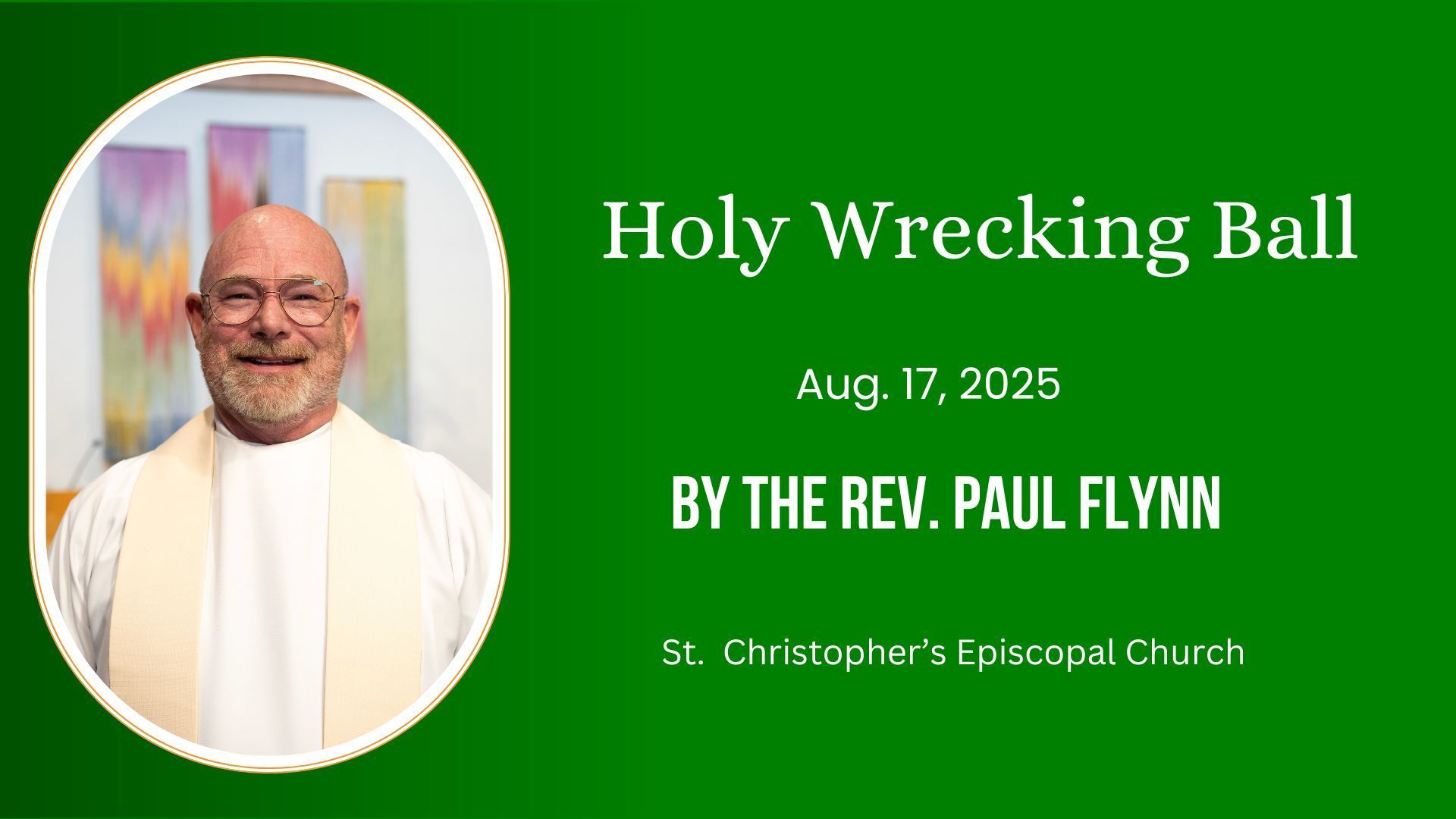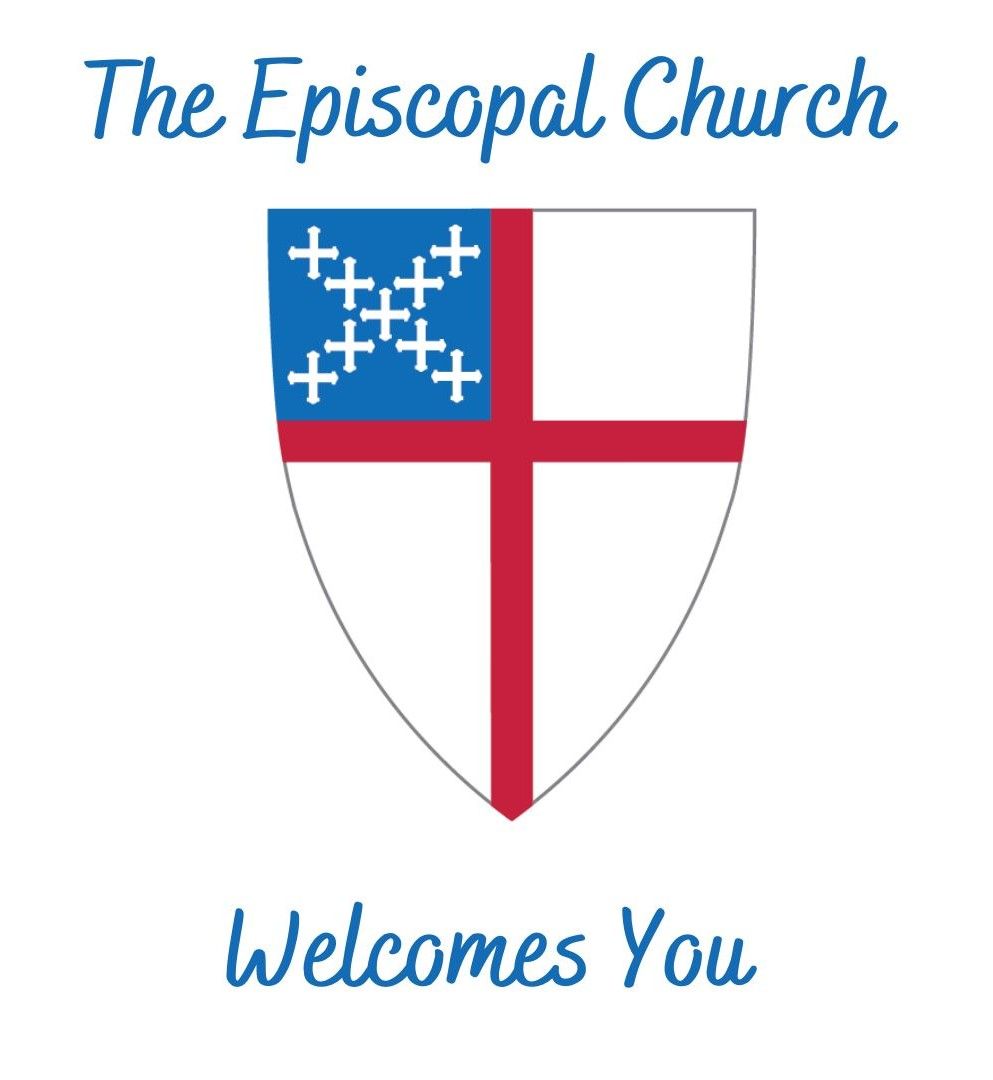My friend, Phyllis, was an acolyte at the cathedral in Albuquerque when she was a teenager. The cathedral had a lot of Sunday morning services, and it was hard to get acolytes to stay for the last one. So Phyllis recruited new acolytes to join her. On their first Sunday, the acolytes were kind of nervous. Phyllis told them, “Just follow me. If I sit, you sit. If I stand, you stand. If I kneel you kneel.”
It was going so well until Phyllis felt faint. And so she sat down and put head between her knees. When she felt better, she sat up and looked around. All of her acolytes were sitting with their heads between their knees.
Follow me.
We are still in the first chapter of Mark’s Gospel—the very beginning of Jesus’ ministry. Two weeks ago, he called to the disciples, “Follow me”—and immediately they left their nets and followed him. Last week, Jesus entered the synagogue on the Sabbath and healed people.
Today, we heard the story of one 24-hour period in the life of Jesus. It is a one-day practicum on leadership, discipleship, and following.
The day began at the Synagogue, where Jesus and the disciples heard Scripture, prayed, and worshiped. Mark described the beginning of this time period succinctly, “After Jesus and his disciples left the synagogue” then Jesus began to work.
He entered the home of Peter, where he learned that Peter’s mother-in-law was not well. He went to her bedside and healed her.
People began coming to Peter’s home. The whole city came to Peter’s home: they were sick—physically, emotionally, and spiritually. Jesus worked: He healed, cast out demons, restored people to the fulness of their being. We don’t know how many hours he worked that day or how many people he touched. Mark didn’t give us quantifiable details. Instead, he said that after all the healings, long before the sun rose, Jesus went to a deserted place. There, he prayed.
And that was the conclusion of a 24-hour period in the life of Jesus the Christ. It began in a setting like this---in community, listening to God’s Word and praising God. It concluded, alone, in prayer.
St. Christopher’s adult Sunday School class begins a new curriculum today. For six weeks, we will read the Gospel of Mark, deeply — finding examples of discipleship as we go. When we finish Mark, we will read a book written by Richard Foster: Celebration of Discipline: The Path to Spiritual Growth.
The first section of Foster’s book addresses The Inward Disciplines: Meditation, prayer, fasting, and study.
The second section is titled, The Outward Disciplines. Foster says these disciplines are manifestations of the inward disciplines: Simplicity, Solitude, Submission, and Service.
Last week, I was preparing our Sunday school curriculum and, at the same time, working on today’s sermon. And so, Richard Foster’s thoughts on discipleship were front-and-center on my mind. I began to see this story about the healing of Peter’s mother-in-law through the lens of Jesus’ discipleship.
The first thing I noticed: Jesus’ days were rooted in his relationship with God. Whether it meant walking to a synagogue, into a desert, or to a high place, he began each day with God. Prayer is one of his spiritual disciplines.
The second thing that popped out to me was the discipline of service. Foster says a serving heart is a reflection of our inner spiritual disciplines, like prayer. In Mark’s story, the people who came to Peter’s house for healing, came after sundown because the story takes place on the Sabbath. The crowd came after the sun set—when they were not violating the rules of their religion. Jesus served them—he healed them—after the Sabbath.
Except, Peter’s mother-in-law. Jesus healed her on the Sabbath.
The actions of the characters in this story reveal their understanding of what Jesus meant when he said, “Follow me.”
The disciples left their boats and followed Jesus. They went where he went. But when Jesus went to the desert to pray, the disciples were still sleeping. When they woke up, he was gone and they didn’t know where he went. This is the point in the text where I can my mother’s voice saying,
“Paula, you had one job. He said to follow him…”
Eventually they found Jesus; he was praying. He waited for them. There is no tone of judgement in his greeting. He doesn’t say, “What took you so long to find me?” or “You had one job…” Jesus knew the disciples did not yet understand that following him was not about finding his footprints in the sand and stepping into them.
Following meant seeing the deliberateness of his life—how his life was rooted in God’s life--how he practiced discipleship, and how his life manifested his calling.
There is one character in this story who immediately followed Jesus’ discipleship.
Peter’s mother-in-law. She was ill. On the Sabbath, Jesus broke the rules of this world and healed her. On the Sabbath, she broke the rules of this world and served Jesus. He did not say to her, “Follow me,” but she did.
At the end of Mark’s Gospel, Jesus gives a commission to the disciples and now to us: Go into all the world and proclaim the good news—of resurrection, of God’s redeeming love for you and me.
There are plenty of followers in this world. There are people who follow social media as if it was Gospel. There are people who follow politicians, movie stars, sport stars. There are people in every age who will follow someone—anyone—over a cliff.
To be a follower of Jesus requires us to be discerning. We have to choose what goes into our minds, our hearts, and our bodies because all of it affects what we proclaim to the world through our lives.
Someone is following your witness of Christ today. Where are you leading them?
